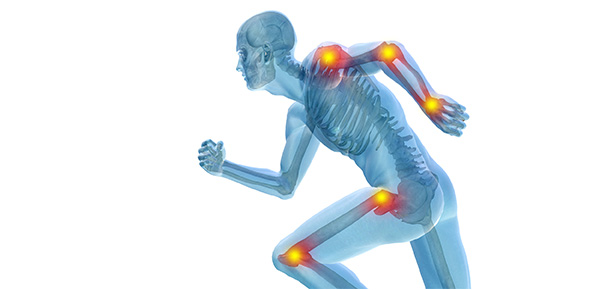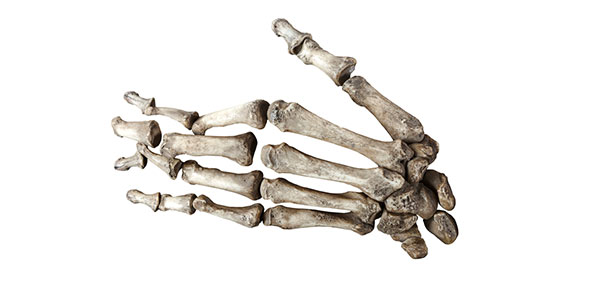Related Flashcards
Cards In This Set
| Front | Back |
|
Tetanic muscle contractions don't occur in a normal cardiac muscle because
|
The refractory period lasts until the muscle relaxes
|
|
Cardiac muscle cells and skeletal muscle cells differ in a few ways. Which of the following is not one of them?
Cardiac muscle cells have a single, centered nucleus. Skeletal muscle cells lack intercalated discs. Cardiac muscle cells are smaller in size. Cardiac muscle cells lack transverse tubules. Cardiac muscle cells branch. |
Cardiac muscle cells lack transverse tubules.
|
|
The heart pumps approximately ________ liters of blood each day.
|
8,000
|
|
The heart beats approximately ________ times each day.
|
100,000
|
|
The normal pacemaker of the heart is located in the
|
Sinoatrial node. ( SA Node)
|
|
The long plateau phase of the cardiac muscle action potential is due to
|
Calcium channels remaining open.
|
|
The relaxation phase of the cardiac cycle is called ________.
|
Diastole
|
|
Cardiac output can be increased by all of the following except one. Choose the exception.
a) increasing stroke volume b) increasing heart rate c) decreasing end systolic volume d) increasing ejection fraction e) decreasing ejection fraction |
Decreasing ejection fraction
|
|
The cardiac ________ is the difference between the resting and maximal cardiac output.
|
Reserve
|
|
During the cardiac cycle, the
|
Both QRS complex of the ECG precedes the increase in ventricular pressure and first heart sound coincides with the QRS complex of the ECG.
|
|
Tetanic muscle contractions don't occur in a normal cardiac muscle because
|
The refractory period lasts until the muscle relaxes.
|
|
The following is a list of vessels and structures that are associated with the heart.
1. right atrium 2. left atrium 3. right ventricle 4. left ventricle 5. venae cavae 6. aorta 7. pulmonary trunk 8. pulmonary veins What is the correct order for the flow of blood entering from the systemic circulation? |
5, 1, 3, 7, 8, 2, 4, 6
|
|
The P wave of the electrocardiogram is closely followed by __________.
|
Contraction of both atria
|
|
In cardiac muscle
|
About 20 percent of the calcium ion required for contraction comes from outside the cell.
|
|
If the connection between the SA node and AV node becomes blocked,
|
The ventricles will beat more slowly.
|







